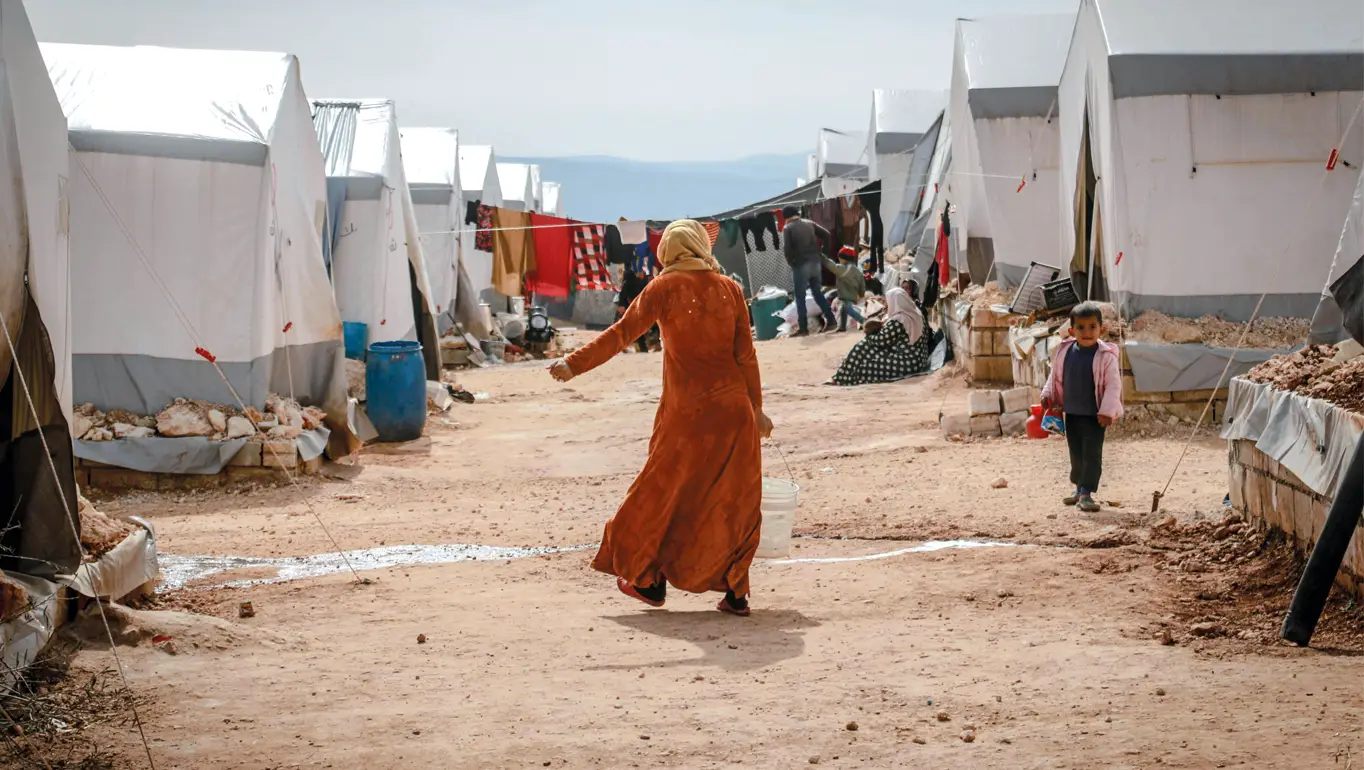Women and girls continue to face significant barriers to education, with poverty, child marriage, and gender-based violence being some of the most pressing challenges. Expanding access to quality education, alongside sustained support systems, is crucial to reducing their vulnerability and enabling them to thrive.
The global framework for gender equality emphasizes the importance of women’s participation in policymaking and peacebuilding. This involvement not only addresses immediate needs but also strengthens long-term resilience. Achieving this requires coordinated action and a deeper understanding of existing gaps.
Collaboration among civil society, international organizations, academia, and the private sector is essential. Joint initiatives should focus on strengthening infrastructure while promoting employability in critical fields such as healthcare, agriculture, and Information and Communication Technology (ICT).
Reliable data collection is another key enabler. For example, understanding how armed conflicts affect women requires comprehensive datasets. Unfortunately, many countries still lack gender-disaggregated data on armed violence. Without it, policymakers cannot design effective, evidence-based solutions.
The scale of the problem is evident. According to the Education under Attack 2024 report by the Global Coalition to Protect Education from Attack, nearly 6,000 assaults on schools, universities, and related institutions were recorded between 2022 and 2023. At the same time, over 119 million girls remain out of school, with conflict and ongoing economic crises as primary causes. For those who do attend, violence often forces them to drop out. These figures highlight an urgent need to safeguard education.
Several data platforms provide critical insights. The World Bank’s Gender Data Portal, for instance, tracks over 1,000 indicators per country since 1960, including statistics on physical and sexual violence. Meanwhile, UN Women’s Global Database on Violence Against Women offers resources such as the Gender Inequality Index, the Global Gender Gap Index, and an SDG dashboard. However, gaps remain as many countries either do not collect gender-specific statistics or do so irregularly, limiting the ability to track progress in areas like education and economic empowerment.
The role of international organizations in filling these data gaps is vital. Comprehensive, reliable datasets are necessary to shape policies that advance SDG 4: Quality Education.
The role of AI in driving economic growth
Artificial intelligence has the potential to be a powerful driver of economic development. PricewaterhouseCoopers (PwC) estimates that AI could increase global economic output by up to 15% within the next decade. In Africa alone, AI adoption could add as much as 1.5 trillion dollars to the economy by 2030. However, realizing this potential depends heavily on women’s participation in technology-driven industries. Countries with strong institutions, adequate infrastructure, and skilled workforces will be best positioned to capitalize on these opportunities.
Women represent nearly half of the world’s population, yet their access to technology remains significantly lower than men’s. In low-income countries, particularly in rural areas, 90% of adolescent girls and young women lack internet access. This digital divide is even more pronounced in conflict-affected regions.
The gender gap spans multiple dimensions. Global internet access shows only a modest disparity, with 65% of women connected compared to 70% of men. However, representation in technology-related fields is far lower. Women account for just 28% of STEM roles, 22% of AI professionals, and 25% of global tech jobs. Limited access to digital tools restricts their opportunities for education, employment, and participation in the digital economy.
AI in education: a path forward
The UN Security Council’s Women, Peace, and Security report emphasizes that women’s economic contributions in conflict-affected areas are often overlooked in peace agreements and recovery plans. From 2021 to 2022, bilateral official development assistance for women in such areas totaled 47.7 billion dollars annually, yet most of this support remains fragmented and small in scale.
Closing this gap requires partnerships between governments, financial institutions, and technology companies. Expanding internet connectivity in underserved areas and offering STEM-focused training for women and girls can transform educational opportunities and contribute to achieving Sustainable Development Goal 4.
AI-powered tools are already showing promise. Simbi Interactives, a Nigerian startup, launched SimbiBot in 2018. This AI-driven chatbot offers interactive learning support and, by 2019, had already served more than 120,000 students and teachers. It encourages critical thinking and improves accessibility for learners with disabilities. Opportunity International, a global NGO, introduced Ulangizi in 2024, a generative AI chatbot designed to assist farmers. The project also included an accelerator program for humanitarian workers, supported by Microsoft and Amazon, to develop AI-driven agricultural solutions.
These innovations demonstrate the potential of AI to create inclusive and accessible learning environments. Chatbots, for example, can provide personalized, unbiased, and on-demand support that adapts to students’ pace and needs. Future AI-based education tools should prioritize updating curricula to address digital literacy gaps, promoting gender equality in both access and outcomes, and supporting flexible learning models that allow women and girls to balance education with household responsibilities.
Fostering local innovation is especially important. Solutions developed by local startups often prove more sustainable and better tailored to community needs than those driven exclusively by international corporations.
Gender empowerment and economic growth
Closing gender gaps in education and technology is not only a matter of equality but also a prerequisite for sustainable economic growth. Empowering women through flexible work environments, expanded economic opportunities, and active participation in peace processes strengthens resilience across societies.
Particular attention must be paid to women and girls affected by conflict. They are among the most vulnerable, yet their voices are too often excluded from decision-making. Including them in every phase, from conflict prevention to post-conflict reconstruction, enhances both peace and economic recovery.
Improving digital connectivity, expanding access to STEM education, and integrating AI-powered platforms can be transformative. Providing women and girls with the tools they need reduces gender gaps, accelerates economic empowerment, and enables societies to fully leverage the opportunities AI offers for sustainable development.



